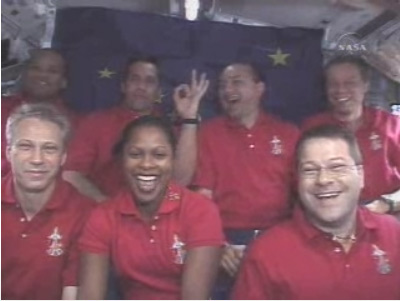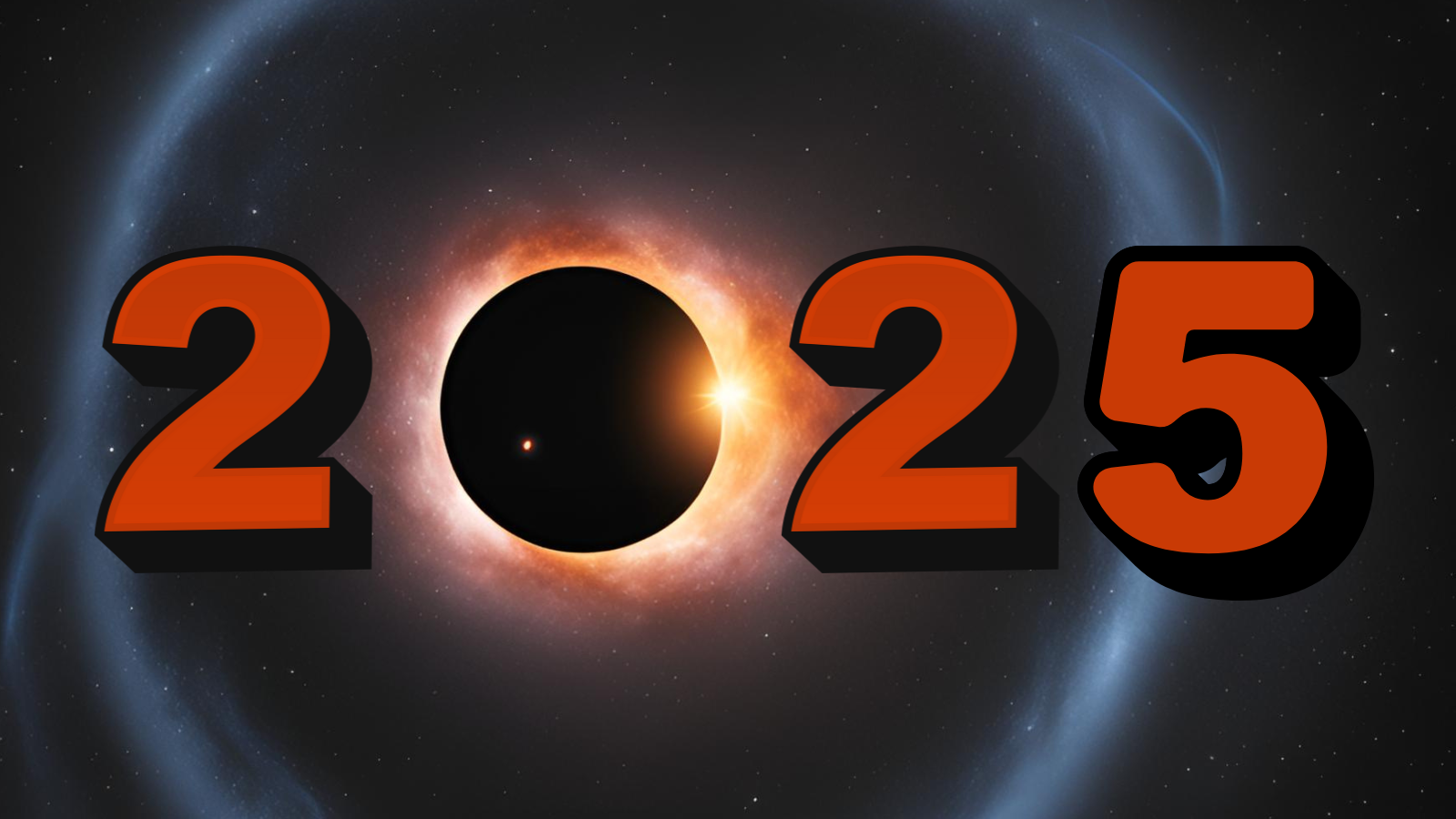NASA Clears Shuttle Discovery for Friday Landing, Eyes Weather

CAPECANAVERAL, Fla. -- NASA's spaceshuttle Discovery and its seven-astronaut crew are cleared to comehome Friday, though where they will ultimately land remains in question.
"Discoveryis in great shape to land tomorrow," John Shannon, head of the shuttle's STS-116Mission Management Team, said during a briefing late Thursday.
A finalinspection of Discovery heat shield by its STS-116 crew yielded noconcerns, Shannon said, adding that landingsite weather is the mission's only question mark.
NASA is bringingup two backup landing sites in California and New Mexico in addition toDiscovery's primary target here at the Kennedy Space Center (KSC).
Discovery'sSTS-116 crew is due to land at KSC's Shuttle Landing Facility at about 3:56p.m. EST (2056 GMT), but carry enough supplies to hold out until Saturday ifrequired [image].
Theastronauts are completing a 13-daymission to the InternationalSpace Station (ISS), where they rewiredthe orbital laboratory's power grid, ferried a newcrewmember to join its Expedition 14 crew and installeda new piece of the outpost's main truss. Earlier today, the crew deployed asmall experimental satellite dubbed ANDE to measure the effects of atmosphericdrag on spacecraft [image].
Landingpreparations
Breaking space news, the latest updates on rocket launches, skywatching events and more!
The threatof rain -- which can damage shuttle heat shields if flown through -- and lowclouds currently plague a planned KSC landing. High winds anticipated at California's Edwards Air Force Base are also a concern Friday.
MissionControl told Discovery's STS-116mission commander Mark Polansky Thursday that it will be a real-time callFriday on where the seven astronauts eventually land.
"Justanother standard landing," Polansky said.
At NASA'sthird landing option - Northrup Strip at White Sands Space Harbor in New Mexico - the weather Friday is expected to be acceptable, but the runway lacksmuch of the basic hardware and infrastructure to handle an orbiter after itreturns to Earth.
Discovery'scommander said Thursday that he's playing no favorites.
"We'vetrained extensively at all three sites, so we're very familiar with all ofthem," Polansky told ABC News in an interview on NASA TV. "We would hopeto go to Florida and KSC. That's where the vehicle will be processed for itsnext mission, that's where our families will most likely be waiting for us, sothat's always a plus."
NASA has landedan orbiter at White Sands' Northrup Strip only once in its 25-yearhistory of shuttle flight during the STS-3 mission in 1982 aboard Columbia,which suffered brake damage and extensive contamination from gypsum dust.
Since then,a new towing area and concrete pad have been installed to protect the orbiteragainst the dust from the gypsum-covered lakebed runway [image].
"So we feelreally good that the gypsum problem is taken care of once we get the vehicleoff the lakebed," Shannon said, adding that runway is flat and laser-leveled. "Itis just one of the best places you'd ever want to land anything."
NASAofficials expect it would take between 45 and 60 days to return Discovery toKSC from White Sands, as compared to the traditional week of extra activityrequired to safe an orbiter at Edwards, hoist it atop its modified 747 jetcarrier craft for the ferry ride back to its Florida launch site.
Shuttlereturn rundown
NormKnight, NASA's entry flight director for Discovery's Friday landing, saidshuttle's first landing opportunity opens during orbit 202 here at KSC, andrequires the orbiter to fire its engines at 2:48 p.m. EST (1949 GMT) to make a3:56 p.m. EST to touchdown in Florida.
IfDiscovery's crew waits until their 203rd orbit to land, they couldaim first for Edwards and then preferably KSC around 5:30 p.m. EST (2230 GMT),though White Sands is also available on that pass.
Additionallanding opportunities arise during the shuttle's next orbit, first at 7:00 p.m.EST (0000 Dec. 23 GMT) at Edwards, and then on White Sands' Northrup Strip twominutes later.
One lastlanding opportunity at Edwards during Discovery's 205th Earth orbit wouldput touchdown at 8:36 p.m. EST (0136 Dec. 23 GMT) before its crew would have toreset for Saturday.
"Thestrategy going into tomorrow is to pick a safe landing site," Knight said. "Andif it's safe to do so, we will land the vehicle."
- Images: The Spacewalks of NASA's STS-116
- Images: Discovery's STS-116 Launch Day Gallery
- Mission Discovery: The ISS Rewiring Job of NASA's STS-116
- Complete Space Shuttle Mission Coverage
- The Great Space Quiz: Space Shuttle Countdown
- All About the Space Shuttle

Tariq is the award-winning Editor-in-Chief of Space.com and joined the team in 2001. He covers human spaceflight, as well as skywatching and entertainment. He became Space.com's Editor-in-Chief in 2019. Before joining Space.com, Tariq was a staff reporter for The Los Angeles Times covering education and city beats in La Habra, Fullerton and Huntington Beach. He's a recipient of the 2022 Harry Kolcum Award for excellence in space reporting and the 2025 Space Pioneer Award from the National Space Society. He is an Eagle Scout and Space Camp alum with journalism degrees from the USC and NYU. You can find Tariq at Space.com and as the co-host to the This Week In Space podcast on the TWiT network. To see his latest project, you can follow Tariq on Twitter @tariqjmalik.
